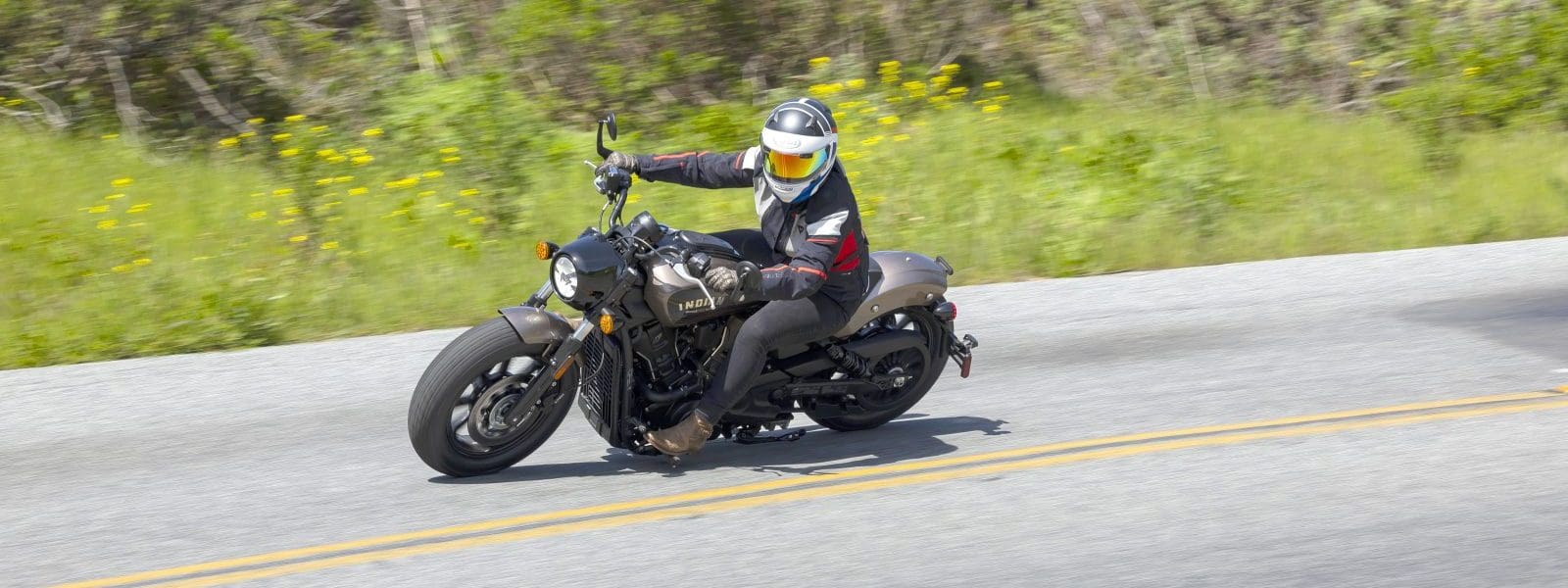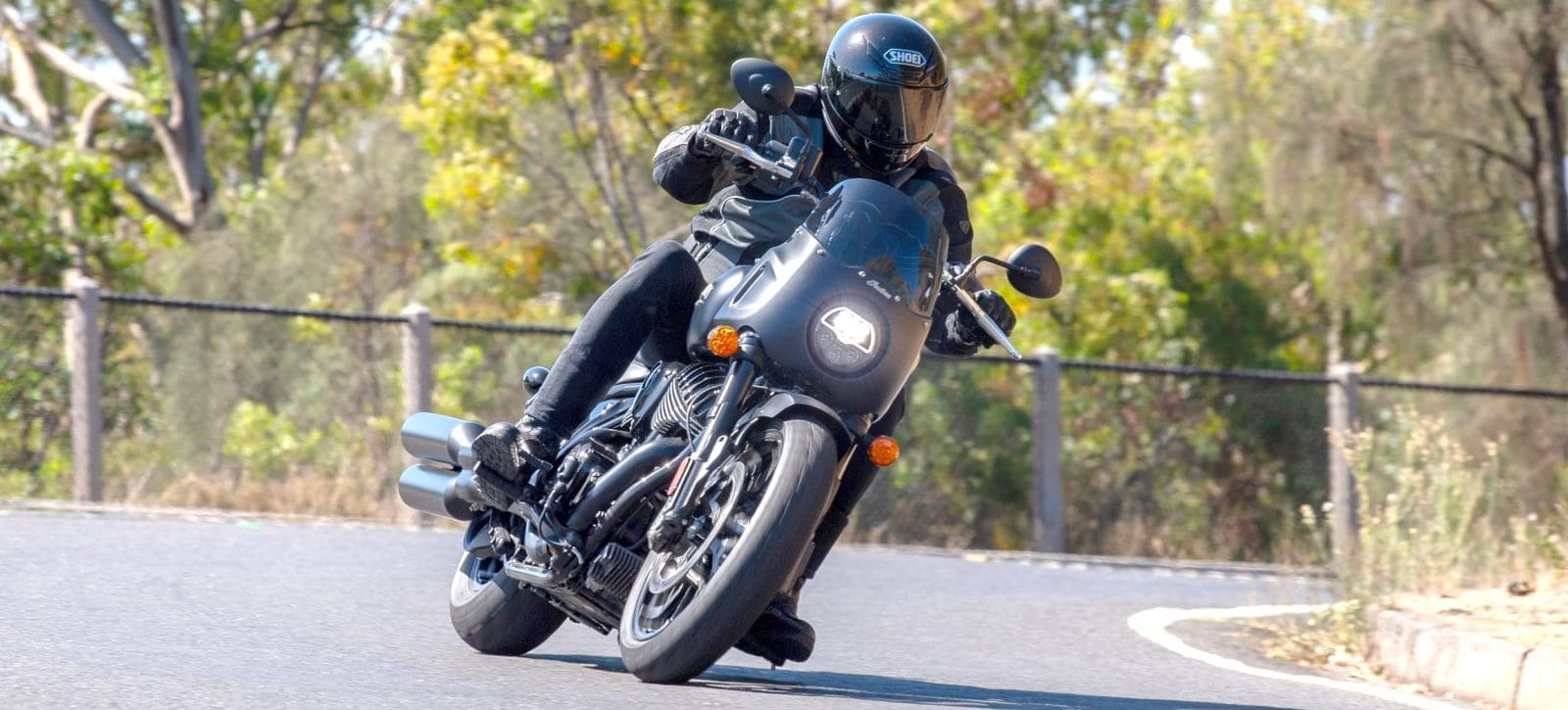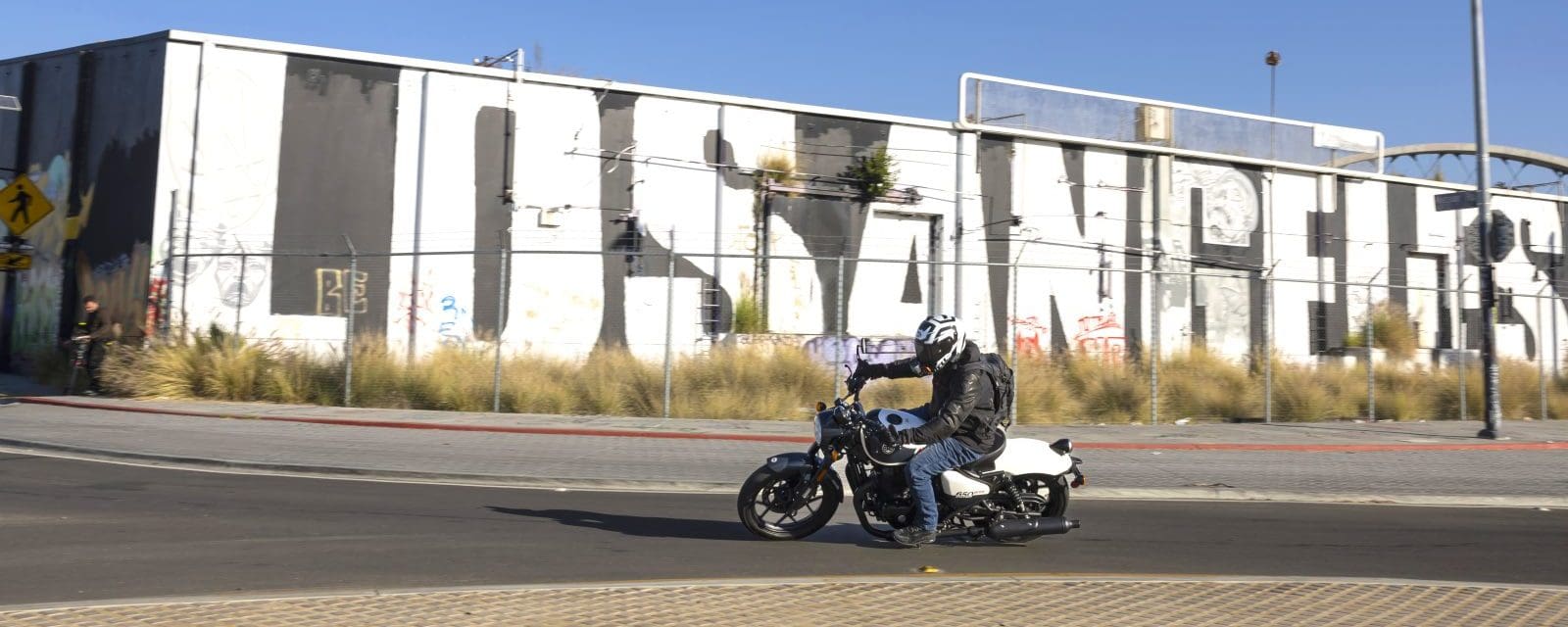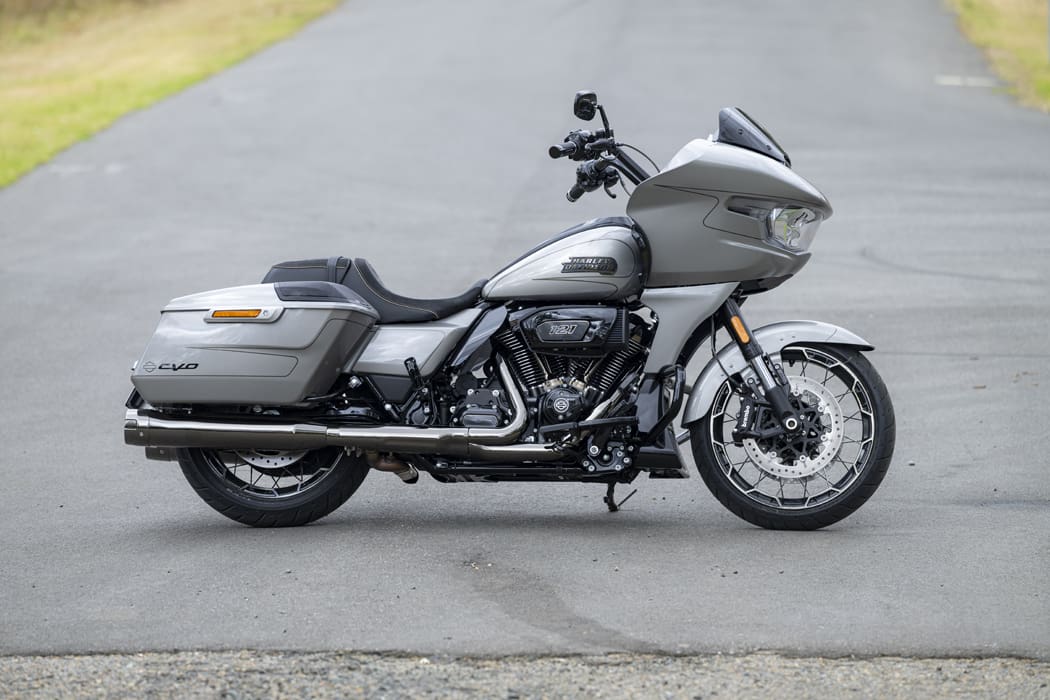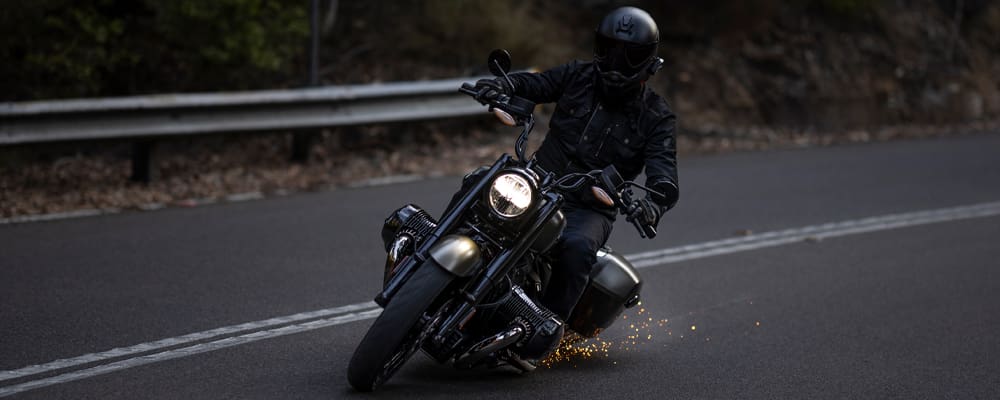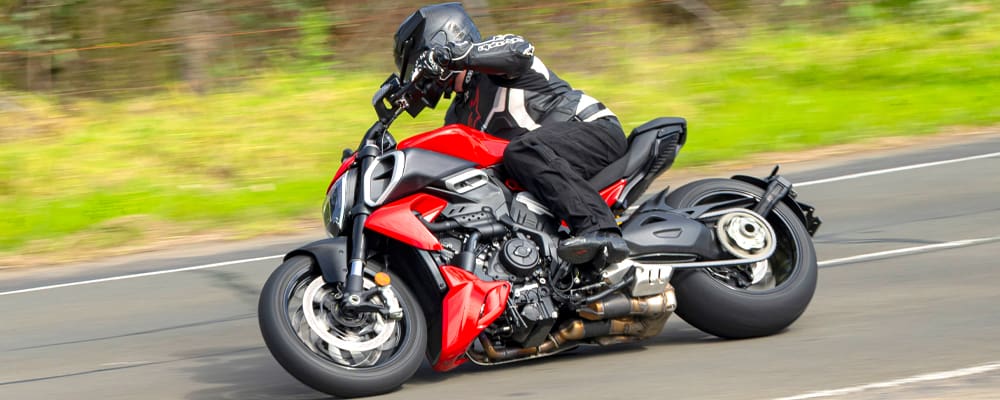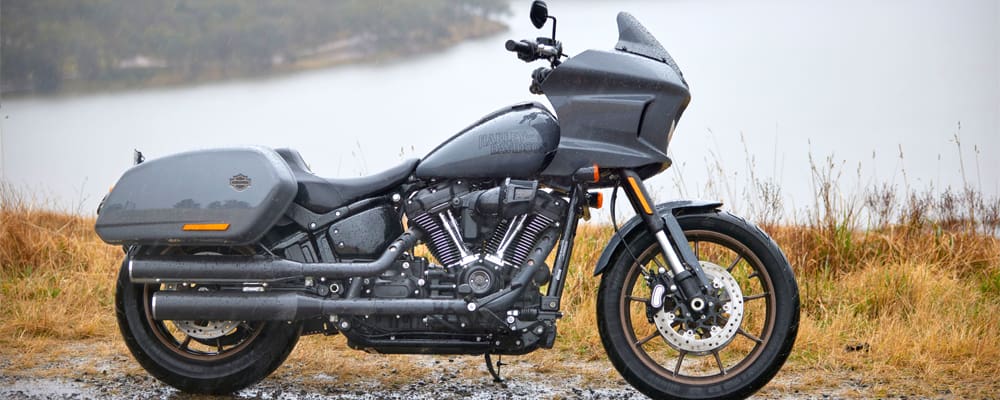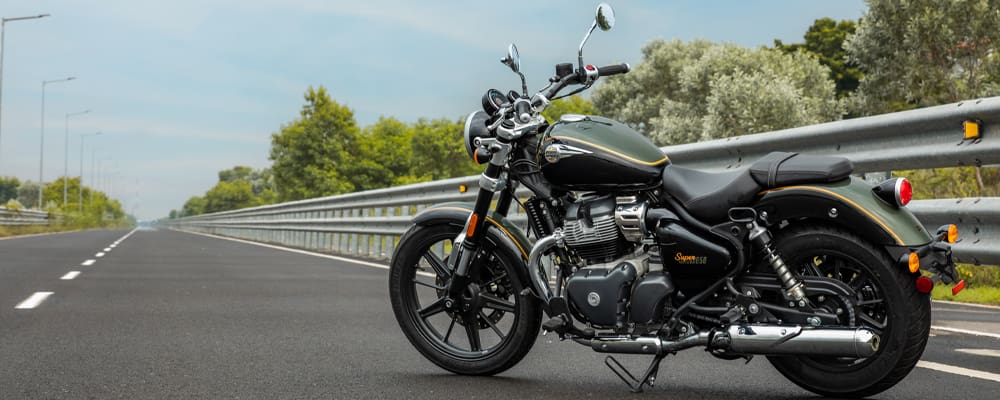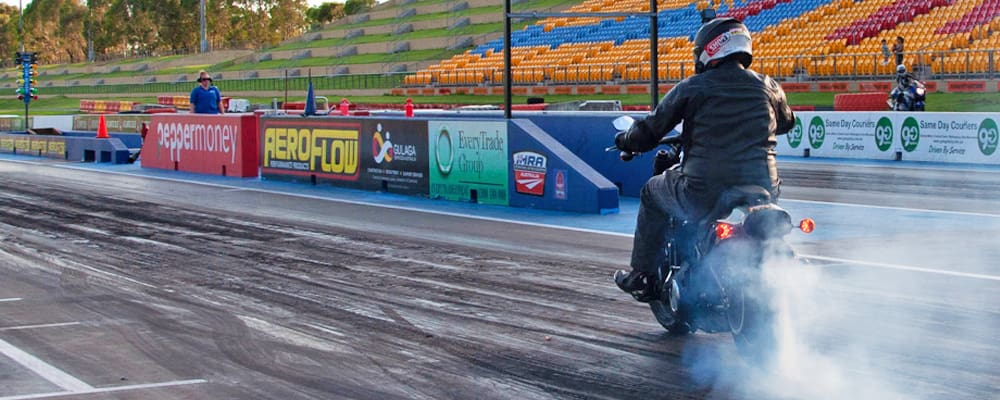The sun was shining and the Putty Road to the northwest of Sydney beckoned, and while a big, heavy cruiser such as the BMW R 18 Octane I was on wouldn’t be my first choice up such an iconic piece of tarmac, there was no doubt the day ahead looked promising.
While the R 18 Roctane is no shrinking violet, parked in front of me it too looked promising. Big, sure, but stylish as hell thanks to its 1930s BMW R 5-inspired ‘streamlining design’, headlined by the big boxer engine, teardrop fuel tank, rigid-look frame and black-on-black finish.
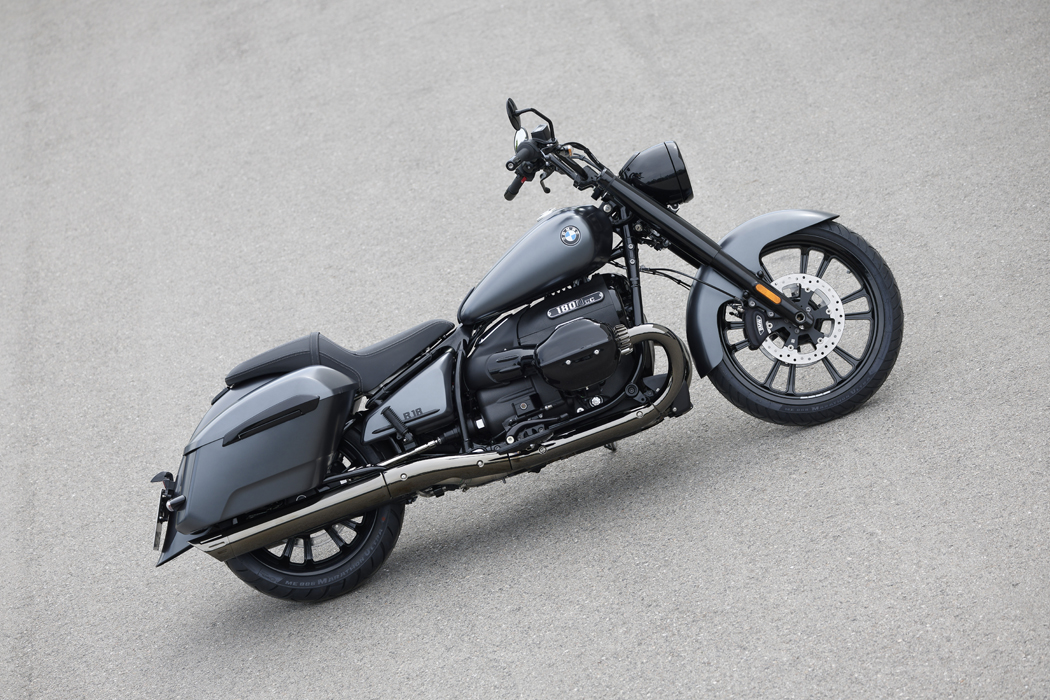
With a rangy 1720mm wheelbase and a claimed kerb weight of 374kg, the Roctane is a big mutha… and it looks big too, with that black-painted 1802cc boxer twin the dominant visual feature. As well as the engine block, the cylinder heads are black, the rocker covers are black, and even the twin exhausts have a trick-looking black chrome finish. Too much black? A bit of contrast can be obtained by ordering the bodywork in Mineral grey metallic matt or Manhattan metallic matt… or there’s the standard Black storm metallic for those who simply like… black.

The appearance of the R 18 was paramount in its development process, and as such a dummy bike was initially built up to get the look right, and then the final product was reverse engineered from that. The Roctane is the fifth model in the R 18 line-up, joining the R 18, R 18 Classic, R 18 B
and R 18 Transcontinental, and although all share the same basic underpinnings including the 1802cc boxer engine and double-loop tubular steel frame, unique to the Roctane are its mini-ape hanger style handlebar, large-diameter 21-inch front wheel (up from 16-inch on the R 18 Classic and 19-inch on the R 18) and 18-inch rear wheel combination, and single analogue/digital dial mounted in the headlight body.

Despite its low seat, hoiking the Roctane off its sidestand takes a fair bit of effort. Once settled into the wide and comfy seat, look down and that big boxer engine dominates your view, with its black cylinder heads jutting out way beyond the width of the footboards, totally obscuring the gear and brake levers. It’s not a long stretch to the mini ape-hanger style ’bar, but rather than the slightly foot-forward position you might expect of a cruiser, the Roctane’s footboards are positioned a bit further back as dictated by the cylinder heads.
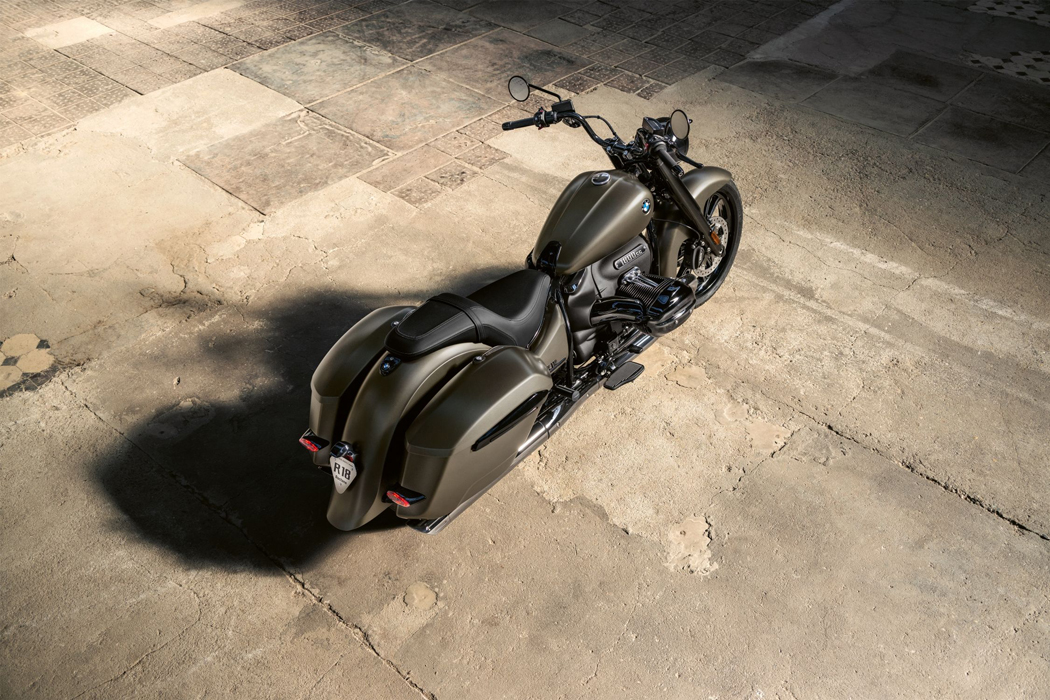
Fire up the overhead valve boxer twin and it lets out a gruff bark while the bike lurches to the side thanks to the massive flywheel effect. No, the engine does not settle down into a smooth idle, instead it throbs away between 900 and 1000 revs, shaking the handlebar from side to side and the headlight-mounted analogue speedo with it.

If you need to back the Roctane out of a tight spot, engaging reverse gear is a simple affair; gearbox in neutral, pull up a lever on the left side of the engine and hit the starter button. It’s a quick and efficient process that means you can park the Roctane where you want without fear of getting it stuck somewhere. It also features a Hill Start Control system; just pull hard on the front brake lever when stationary and it holds the brake on until you accelerate and let out the clutch lever so you don’t roll backwards.

Most likely by design, the local launch ride didn’t include much in the way of urban riding, just a handful of traffic lights from the start point in Windsor and we were across the Hawkesbury River and on to the start of the Putty Road. Those who have traffic to deal with before they can get out of town will need to bear in mind that the boxer engine itself is almost one metre wide, so a decent gap is needed for lane splitting. Fortunately the widest parts of the bike (engine and handlebar) are in front of you, so it’s easy to pick where the Roctane will fit and where it won’t.
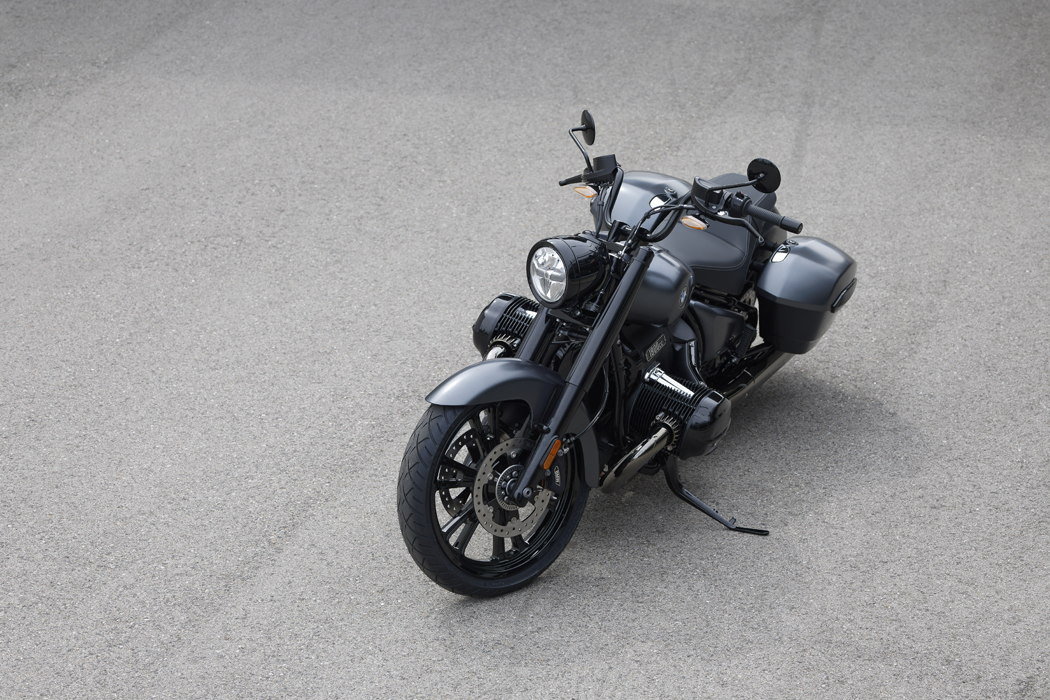
Out on the open road the Roctane surges away from low in the rev range, with a whopping 150Nm of torque available from just 2000rpm. The torque peak of 158Nm happens another 1000rpm further up the rev range at 3000rpm, and it’s only another 1750 revs beyond that where peak power of 67kW (91hp) is achieved at 4750rpm. The result is that loping along at highway speeds in top gear is not only easy but bloody good fun as the big boxer rumbles away beneath you, only becoming a bit cantankerous if you let revs drop below 1800rpm or so and you try to wind on the throttle too fast.
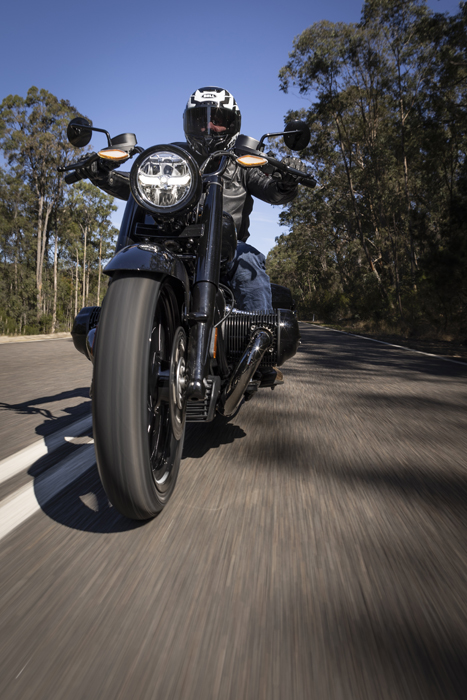
The Roctane has three selectable ride modes – Rain, Rock and Roll – Automatic Stability Control (ASC) and engine drag torque control, the latter aimed at preventing rear wheel slip when abruptly throttling on or downshifting through the gearbox. It also has an anti-hopping single-plate dry clutch aimed at preventing rear wheel juddering on downshifts.
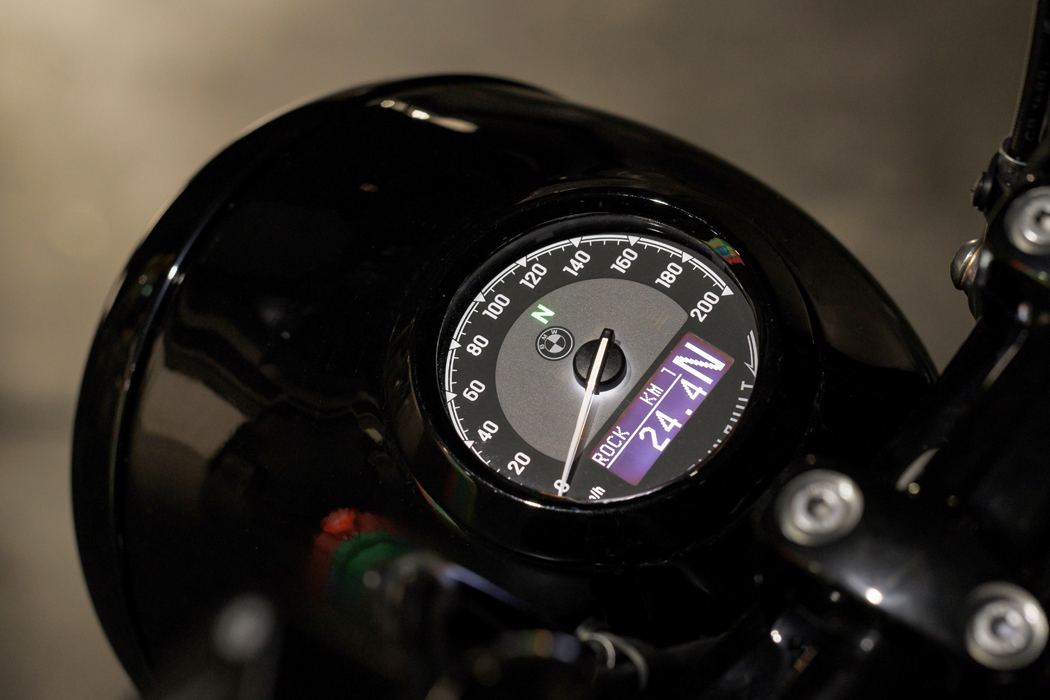
Rain mode offers the least aggressive throttle response and the most active ASC and engine drag torque control settings, Rock mode provides the most aggressive throttle response and ‘some’ slip from ASC , while Roll mode sits somewhere in the middle. Unless you’re in a raging hurry, Roll mode is the best bet for smooth running, making it less likely that you’ll upset the balance of the Roctane mid-corner when getting on and off the throttle.

The six-speed gearbox is surprisingly smooth when you consider how much torque it has to deal with, but you’ll have to get used to the heel-and-toe shifter to make the most of it. I found it difficult to get my boot between the gear lever and the footboard so had to use my heel for upshifts. I even found downshifting a bit awkward from time to time as I tried to position the toe of my boot between the gear lever and the cylinder head. I’m sure it would become second nature if you owned a Roctane, but even after a full day in the saddle I still had to focus on gear shifting.

Overall gearing is suitably tall and well suited to relaxed highway cruising, with just 2200rpm displayed on the digital tacho at 100km/h in top gear. Drop down a couple of cogs to overtake and there’s plenty of poke on offer in the midrange. Sure, you can explore the upper half of the rev range too if you want (it redlines at 5750rpm) but there’s not much point heading north of 4500rpm or so, and if you do there’s a fair bit of overrun when you back off the throttle, but the brakes are up to the task of hauling up the heavy Beemer if you need to stop in a hurry.
Roctane brake hardware consists of twin 300mm discs up front gripped by four-piston BMW-branded calipers, and a single 300mm disc at the rear with a twin-piston caliper. Front-brake feel on the low-mileage testbike felt a bit wooden, but there’s still plenty of stopping power with a good pull of the lever.
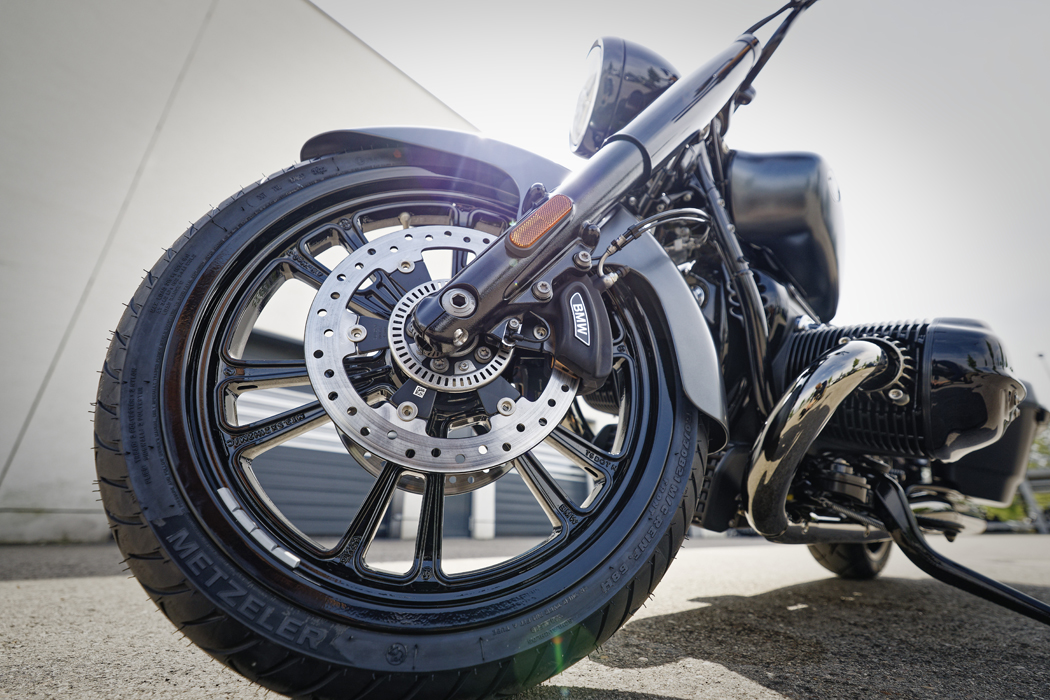
The Roctane runs braided brake lines with connectors up near the handlebar that mean you won’t have to replace the entire brake lines if you swap over to a taller (or shorter) ’bar – a neat touch. I had to really focus on rear-brake application due to the position of the brake lever, but once I got on top of it, I found it plenty powerful enough and handy for tightening up a line mid-corner.

The Putty Road has its fair share of potholes and uneven sections, and is a good test of any roadbike’s suspension, and the Roctane performed remarkably well on it. There’s no adjustment on the 49mm fork but with 120mm of travel it works well enough over a variety of surfaces. Although the rear-end of the Roctane looks like a rigid frame, it has a cantilever single-shock setup with preload adjustment, and 90mm of travel. The rear-end can feel a bit harsh on big hits, but it’s no worse than any other big cruiser in such conditions.
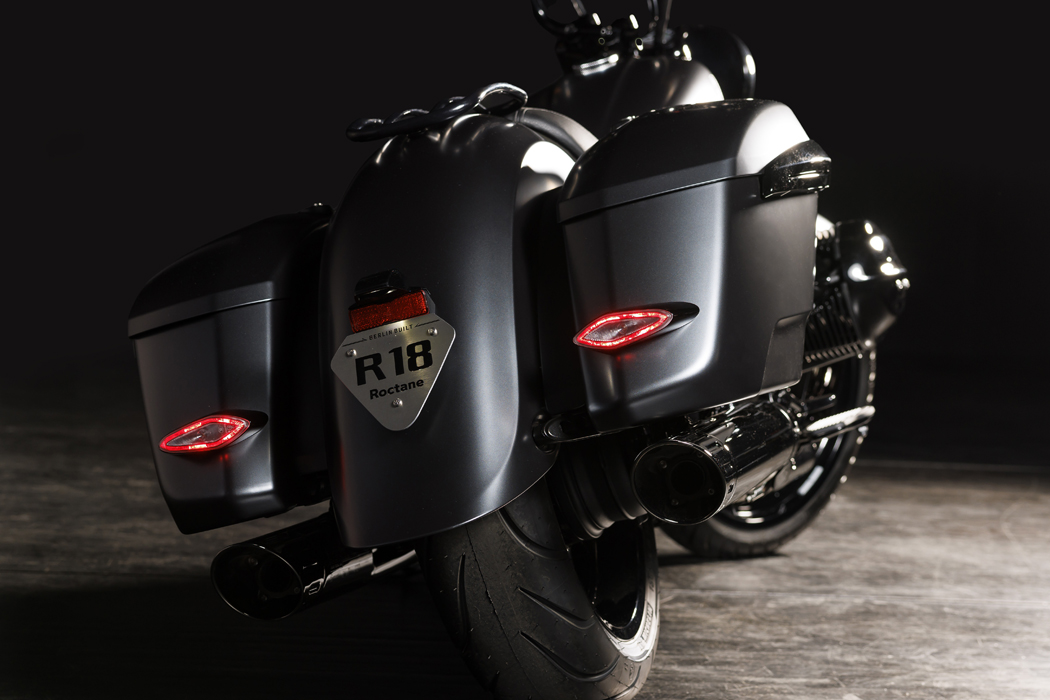
You don’t have to head far along the Putty before you get to some lovely sweeping corners and although the Roctane runs a 21-inch front wheel you wouldn’t pick it from the ease with which you can throw it into a corner. Just a gentle nudge on the wide ’bar and a slight shift in body weight is enough to have you cranked over and scraping those footboards in no time, and that’s despite the Roctane offering slightly more ground clearance than others in the R 18 range. If you want to press on through the twisties, the solution is to give up on a relaxed cruising stance and get as much of your body weight as possible hanging off the inside of the bike, but you’ll still be making sparks before too long.
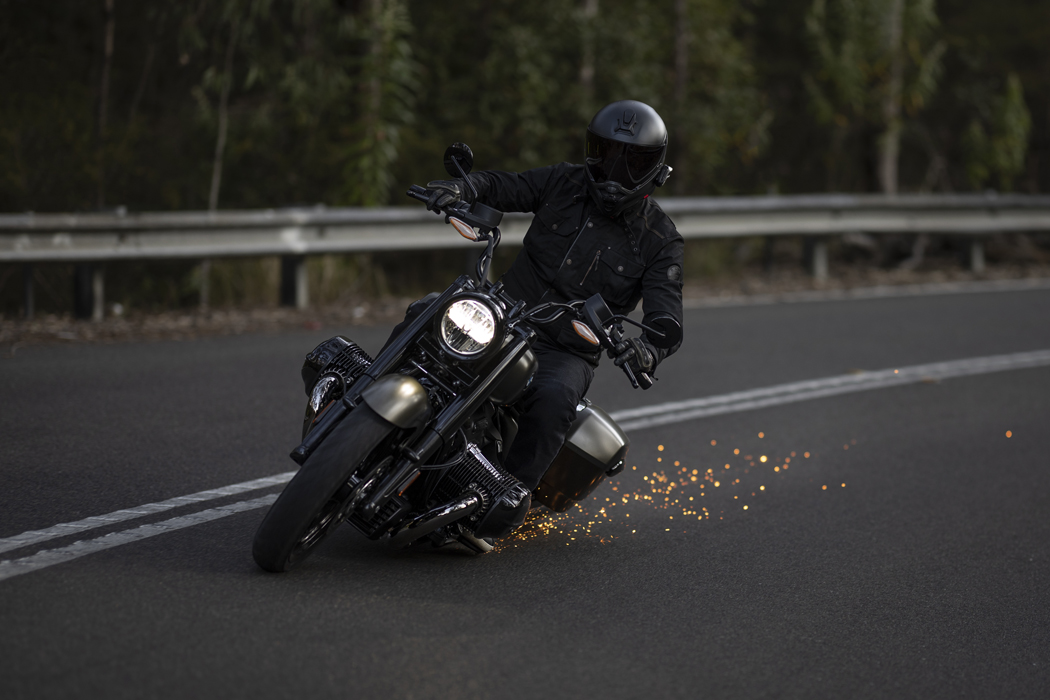
I felt as fresh as a daisy after spending the day on the Roctane, covering a tad over 300km and having a great time doing it. The relatively neutral riding position and the wide and supportive seat result in decent comfort, and decent-size footrests are a bonus, even if they do make access to the gear lever and rear brake a bit awkward. The heated grips work a charm, the cruise control is easy to operate, and all the other controls such as mode selection and scrolling through the menu on the gauge’s digital screen are intuitive to use and clearly presented.

Some neat touches on the Roctane include the rotate-to-adjust mirrors and the keyless start system, the latter meaning you don’t have to take the key out of your pocket to fire up the boxer, but you’ll still need it if you want to lock/unlock the steering or the 27-litre panniers, or open the cap on the 16-litre fuel tank. And the headlight-mounted gauge deserves special mention, not just because it looks fabulous, but because it’s well positioned and easy to read, and the LCD insert has all the info you’ll ever need… except perhaps, a fuel gauge; odd that you only get a low-fuel warning light. Oh, and the exposed nickel-plated driveshaft also looks super trick.

The Roctane starts at $27,890 plus on-road costs and the Highline variant as tested costs $30,990, the later including the lockable fuel cap, Hill Start Control, Headlight Pro (adaptive headlight and DRL), floorboards, reverse gear, Tyre Pressure Control and anti-theft alarm. The gloss black is the standard colour and the two matt-colour options add $475.
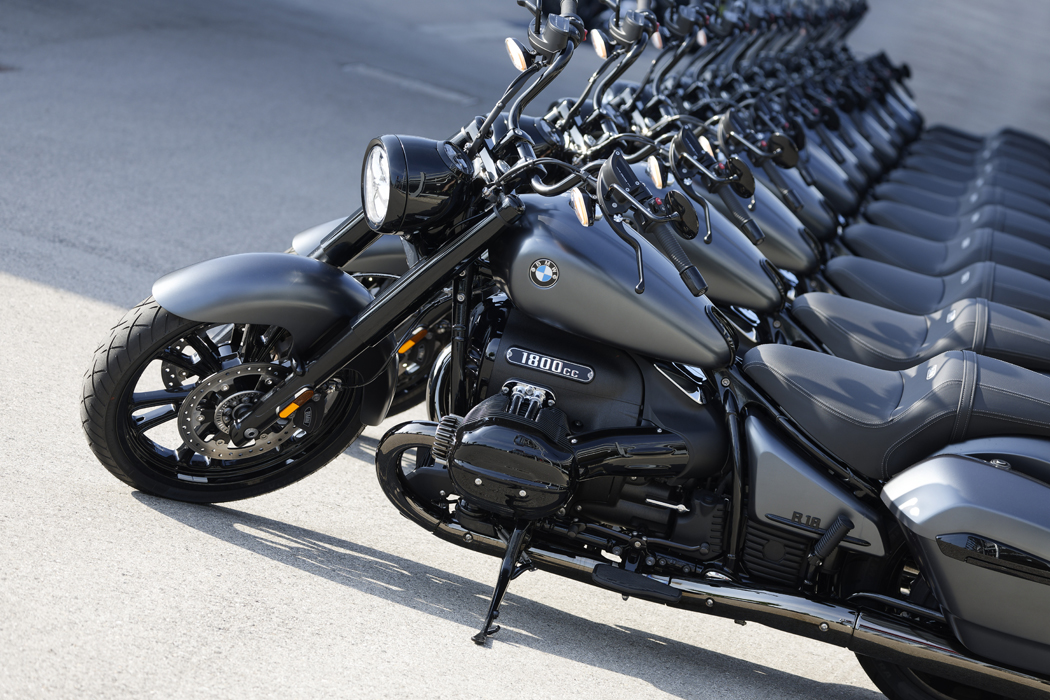
For the record, I reckon you’d be nuts not to fork out the extra $3100 for the Highline package, if simply for the fact it includes reverse gear, ’cos you ain’t going to look so stylish if you need to enlist the help of bystanders to get your 374kg Roctane out of a parking spot.
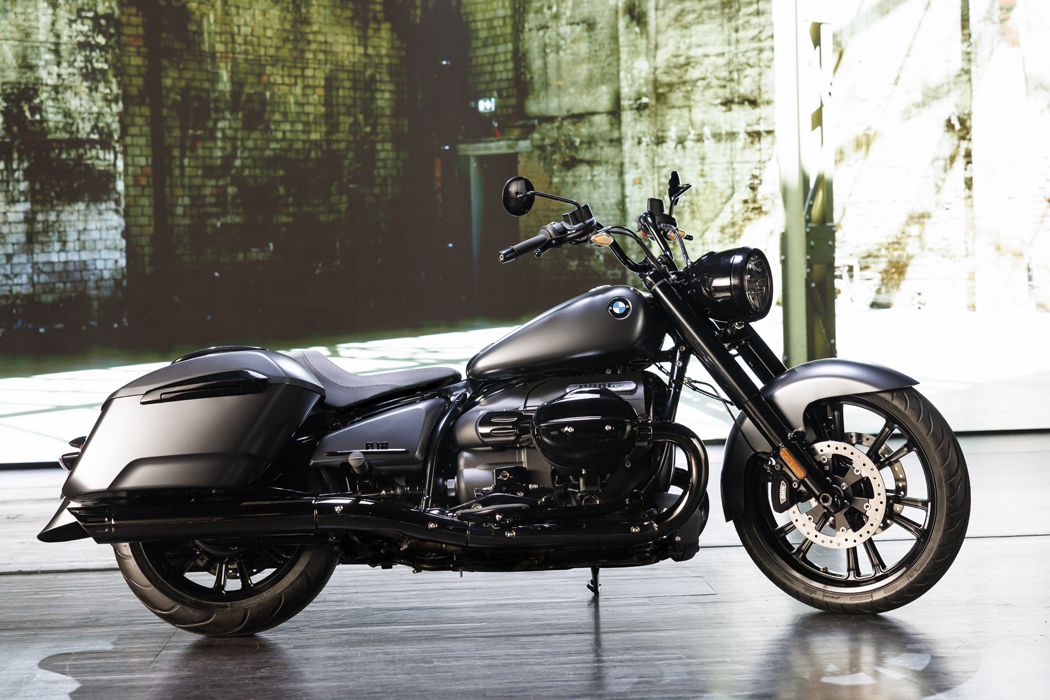
Test Dean Mellor + Photography Dean Walters



